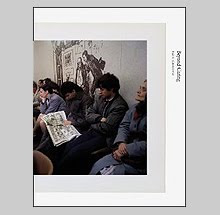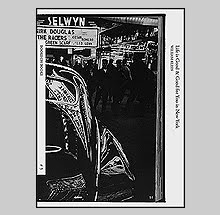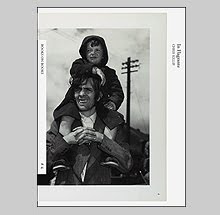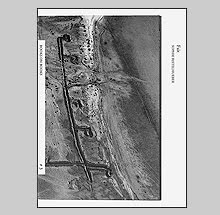City Metaphors by Oswald Mathias Ungers

Seen from the clouds, my old suburban neighborhood in Arizona with its dozens of cul-de-sacs must have looked like a gaggle of spermatozoa about to ride off into the sunset. Whether that was the holistic thought of the architect and land developer can't be confirmed - keep in mind it was the late 60s, early 70's though.
I would like to be able to read maps the same way that I read photographs. Meaning, to enable my first impressions to be filled with analogies, metaphors, and symbolism but instead, the rational mind takes over and I see measured facts and deadpan reality. For the German architect Oswald Mathias Ungers however, bridging imaginative perception and a blueprint from a city planner produced a fascinating book titled City Metaphors just re-published by Verlag der Buchhandlung Walther Konig.
Originally appearing in 1982, City Metaphors presents over 50 pairings of various city maps throughout history with images from science and nature. Each of the pairings is then "titled" with a single descriptive word printed in both English and German.
In Ungers' mind, the division of Venice becomes a handshake, a spirally designed city in India becomes the universe, the plan of the city of St Gallen, Merian from 1809 becomes a womb and so on. Easily, the formal similarities can be seen in each pairing but there is the third level of perception introduced by the title. The factual reality (the plan), the perceived reality (the image), and the conceptual reality (the word).
As Ungers writes in his foreword; The way we experience the world around us depends on how we perceive it. Without a comprehensive vision the reality will appear as a mass of unrelated phenomenon and meaningless facts, in other words, totally chaotic. In such a world it would be like living in a vacuum; everything would be of equal importance; nothing could attract our attention; and there would be no possibility to utilize the mind.











